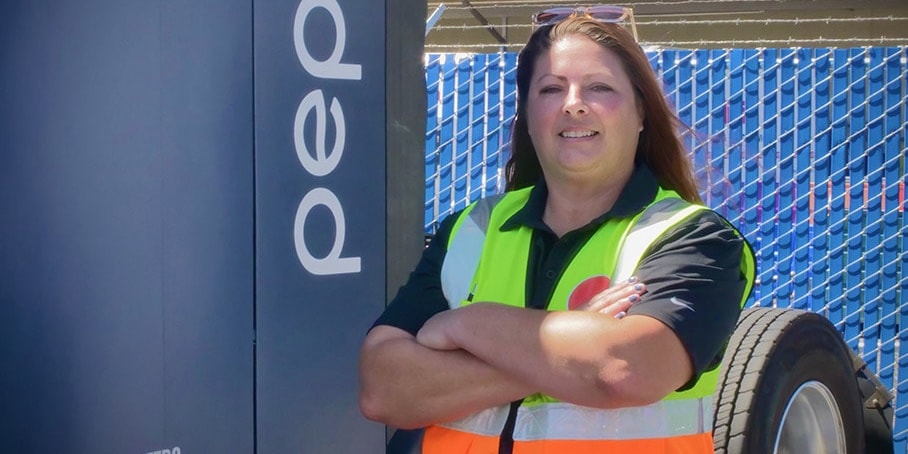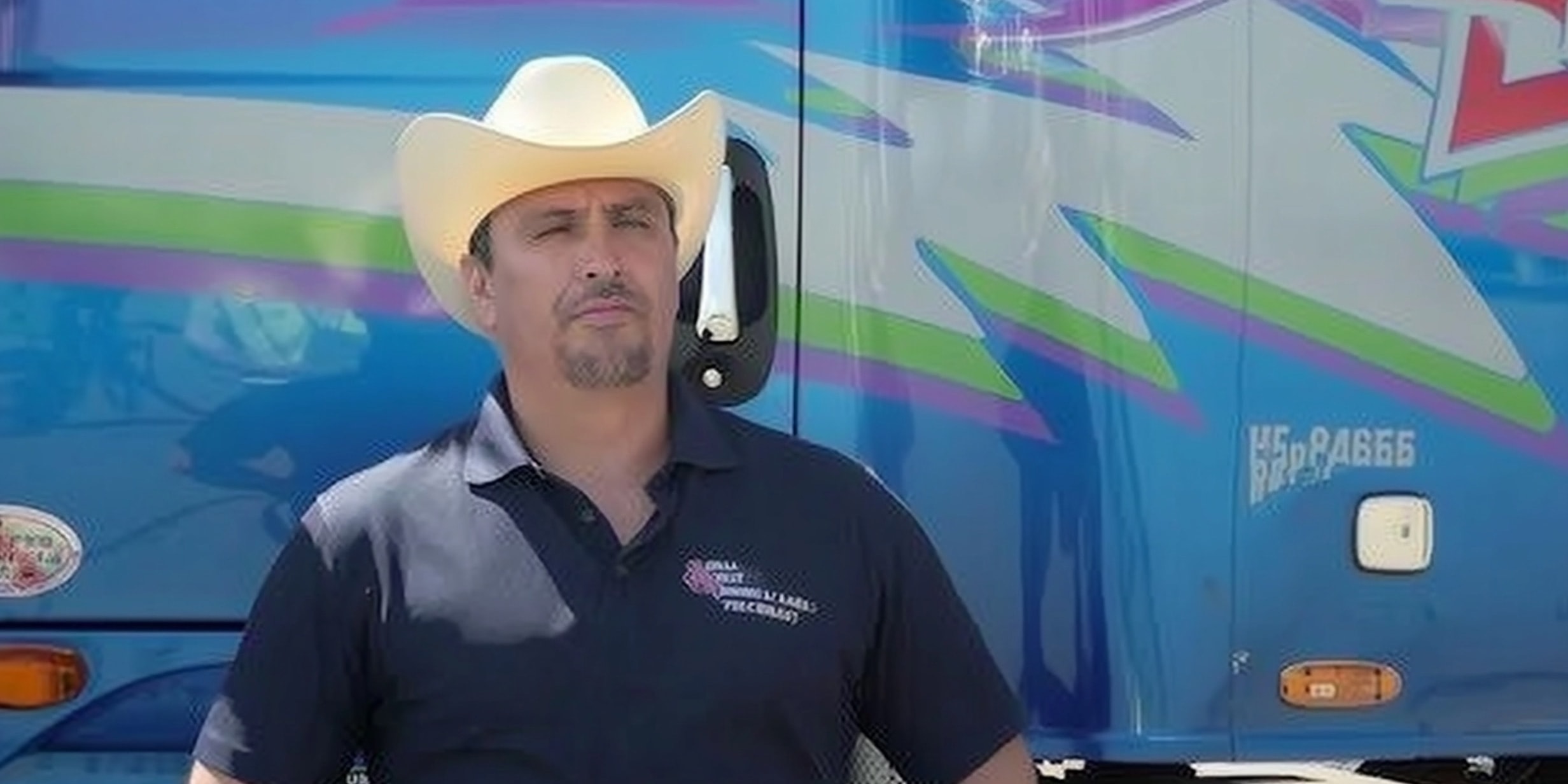Half of Heavy-Duty Regional Haul Tractors Are Electrifiable Now, Study Says
Fort Wayne, Indiana — May 5, 2022 — The North American Council for Freight Efficiency (NACFE) today released the third of four market segment reports — Electric Trucks Have Arrived: The Use Case For Heavy-Duty Regional Haul Tractors — based on findings from last year’s Run on Less – Electric (RoL-E) freight efficiency demonstration.
The top level finding from the report is this 50% of that Class 8 market segment is ready for electrification now. Read the report.
“Heavy-duty Class 8 tractors are the most challenging of all the truck segments considered for electrification. Battery electric vehicles cannot replace all diesels, but they can replace a significant share of regional haul ones, where the driver and truck return to base each day, where loads are usually cubed out, or in the case of beverage deliveries, the daily distances are not very long.”
Rick Mihelic, lead author and director of emerging technologies at NACFE
Four fleet-OEM pairs in RoL-E operated heavy-duty regional haul tractors: Anheuser-Busch with a BYD 8TT tractor, Biagi Bros. with a Peterbilt Model 579EV, NFI with a Volvo VNR Electric and Penske with a Freightliner eCascadia.
As Run on Less – Electric concluded in September 2021, NACFE predicted that 70% of this market segment was electrifiable. Given the more detailed analysis, interviews with industry experts and further research for this report, we now consider this market segment to be 50% electrifiable with lower average daily miles, which results in the avoidance of nearly 29.4 million metric tonnes of CO2e annually (e equals carbon dioxide equivalent). NACFE estimates the entire CO2e to be eliminated by this segment at an average of 250 miles per day to be 97.8 million metric tonnes.
“Peterbilt’s strategy is to identify those niches where the technology is most ready and the financial benefits for our customers are there and build our way up from that point.
Matt Wetta, national accounts manager, EV, Peterbilt.
The report includes some basic information about heavy-duty regional haul tractors and the size and scope of the market. It looks at duty cycle and charging considerations and presents the benefits and challenges of battery electric vehicles. It includes information on the manufacturers and fleets that had terminal tractors in the Run and provides details on what metrics were measured. There also is a discussion of total cost of operation and return on investment.
Key findings and lessons learned are also included in the report.
Media Inquiries Please Contact
NACFE: Denise Rondini, T: +1 773-951-8563, E: denise.rondini@nacfe.org
Some of these vehicle-manufacturer pairings are part of California Climate Investments, a statewide initiative that puts billions of cap-and-trade dollars to work reducing greenhouse gas emissions, strengthening the economy, and improving public health and the environment—particularly in disadvantaged communities.
About the North American Council for Freight Efficiency
The North American Council for Freight Efficiency (NACFE) is a nonprofit organization dedicated to doubling the freight efficiency of North American goods movement. NACFE operates as a nonprofit in order to provide an independent, unbiased research organization for the transformation of the transportation industry. Data is critical, and NACFE is proving to help the industry with real-world information that fleets can use to take action. In 2014, NACFE collaborated with Carbon War Room, founded by Sir Richard Branson and now a part of RMI, to deliver tools and reports to improve trucking efficiency. Learn more at www.nacfe.org.
About RMI
RMI is an independent nonprofit founded in 1982 that transforms global energy systems through market-driven solutions to align with a 1.5°C future and secure a clean, prosperous, zero-carbon future for all. We work in the world’s most critical geographies and engage businesses, policymakers, communities, and NGOs to identify and scale energy system interventions that will cut greenhouse gas emissions at least 50 percent by 2030. RMI has offices in Basalt and Boulder, Colorado; New York City; Oakland, California; Washington, D.C.; and Beijing. More information on RMI can be found at www.rmi.org or follow us on Twitter @RockyMtnInst.





